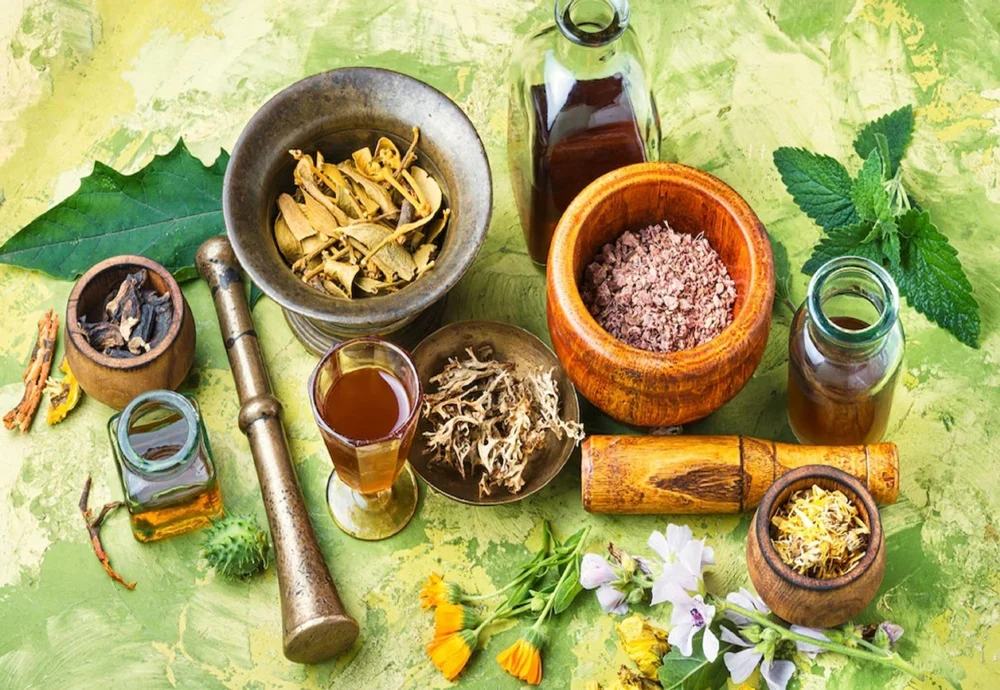One issue that should be noted is that natural Herbal Extracts are not necessarily non-toxic, and synthetic substances are not necessarily unsafe. For example, natural pigments are mostly extracted from plants. Both domestically and internationally are competing to develop, and it is generally considered a safer variety. However, among the more than 40 natural pigments approved for use in China’s hygiene standards, only varieties of Herbal Extracts such as beet red, kumquat red, chili red, caramel color, honey yellow, radish red, blackcurrant red, red yeast rice theaflavins, citrus yellow, etc. have unlimited usage and can be added in moderation according to production needs.
Most other varieties of Herbal Extracts have a maximum usage limit. So most of Herbal Extracts is safe and good for our life.
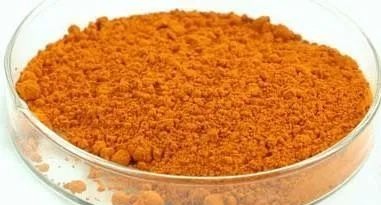
The maximum dosage of purple red is 0.1g/kg, which is the same as the limit for synthetic pigments carmine and new red; The maximum dosage of curcumin is set at 0.01g/kg, which is 10 times lower than the synthetic pigments sunset yellow and lemon yellow at 0.1g/kg. The toxicity of curcumin is higher than that of synthesized yellow pigment. The maximum usage amount is determined through strict and rigorous toxicological evaluation procedures.
Whether natural herbal extracts or synthetic, varieties listed in the list of sanitary standards for use are safe as long as they are used in the prescribed dosage. Never assume that natural substances are necessarily safer than synthetic ones. The Ministry of Health of our country has also stipulated that dozens of Chinese herbal extracts for health food cannot be used.
So, using functional additives extracted from traditional edible herbal extracts is not only relatively safe in toxicology, but also easily accepted by consumers. This may be the reason why some functional additive products have become popular internationally. Now, several edible plant extracts with development prospects at home and abroad in recent years will be further explained.
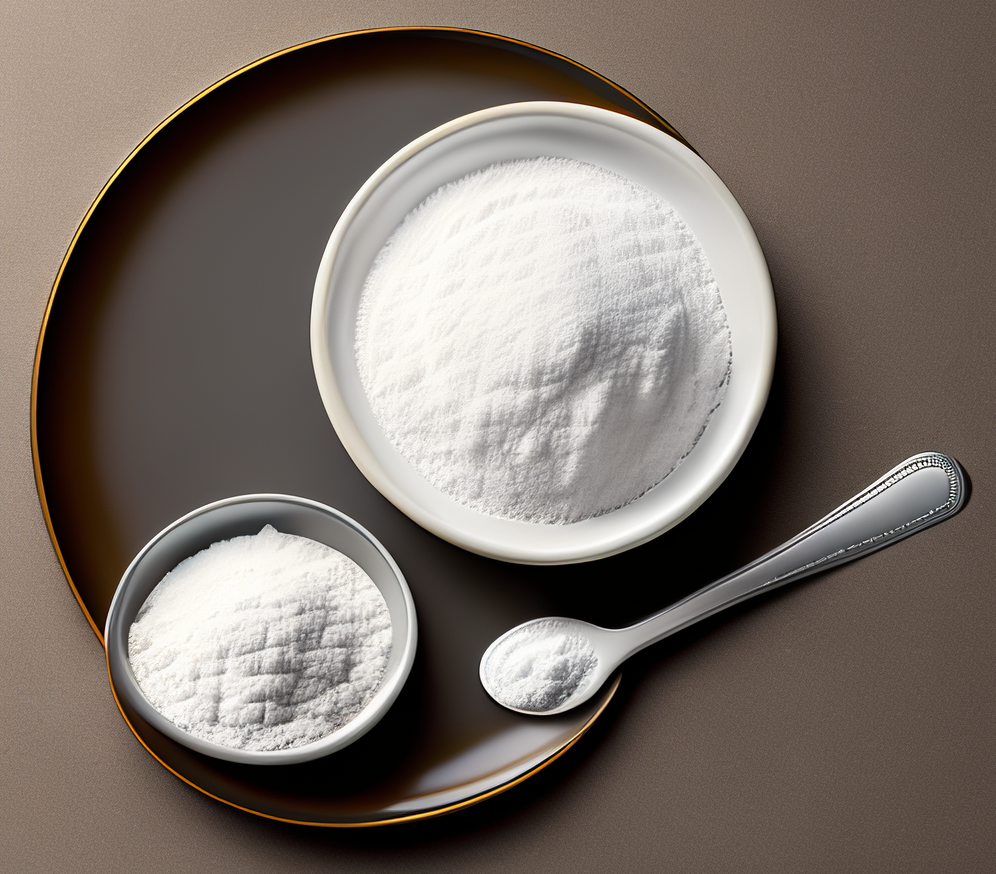
First one-Edible Herbal extracts(green extracts)-tea polyphenols
Containing 50% to 60% soluble solids, the main component is flavanols (catechins), accounting for 65.80%, as well as flavonols and glycosides, colorless anthocyanins, phenolic acids, phenolic acids, oxidized polymeric phenols, etc. As early as the 1980s, China entered the market with tea polyphenol antioxidants, which were exported in small quantities but had limited domestic sales. Modern medicine has proven that tea polyphenols have functions such as anti-cancer, antiviral, antibacterial, anti radiation, lipid-lowering, antihypertensive, anti caries, and deodorizing.
At present, dozens of health products or herbal extracts have been approved to be produced using tea polyphenols as raw materials, including regulating blood lipids, immunity, blood sugar, hypoxia tolerance, weight loss, and preventing dental caries. In foreign countries, Herbal Extracts-green tea extract (Green Tea Extract) is more widely promoted tea extract. And tea polyphenols are not often mentioned polyphenol.
In recent years, whether at international exhibitions such as HI in Europe or IFT in the United States, as well as commercial television in Australia, slogans promoting “Green Tea Herbal Extracts – Antioxidant” can often be seen. Chinese tea polyphenols, after more than 30 years of research and development, are both water-soluble and oil soluble as food antioxidants. It can also produce high-purity products as pharmaceutical raw materials. Tea polyphenols with a content of less than 90% are called tea polyphenols; More than 90%, with a purity of 98%, called catechins, has been exported abroad.
In 2003, the Japanese Ministry of Health, Labour and Welfare approved high-purity green tea catechins as functional additives for regulating triglycerides and body fat, used in specific specialty health foods. In summary, the antioxidant health benefits of green tea extract have been recognized by countries around the world. In today’s world where functional foods and beverages are vigorously developed, as a major tea producing country, there should be a lot of room for improvement. As a most important Herbal Extracts.
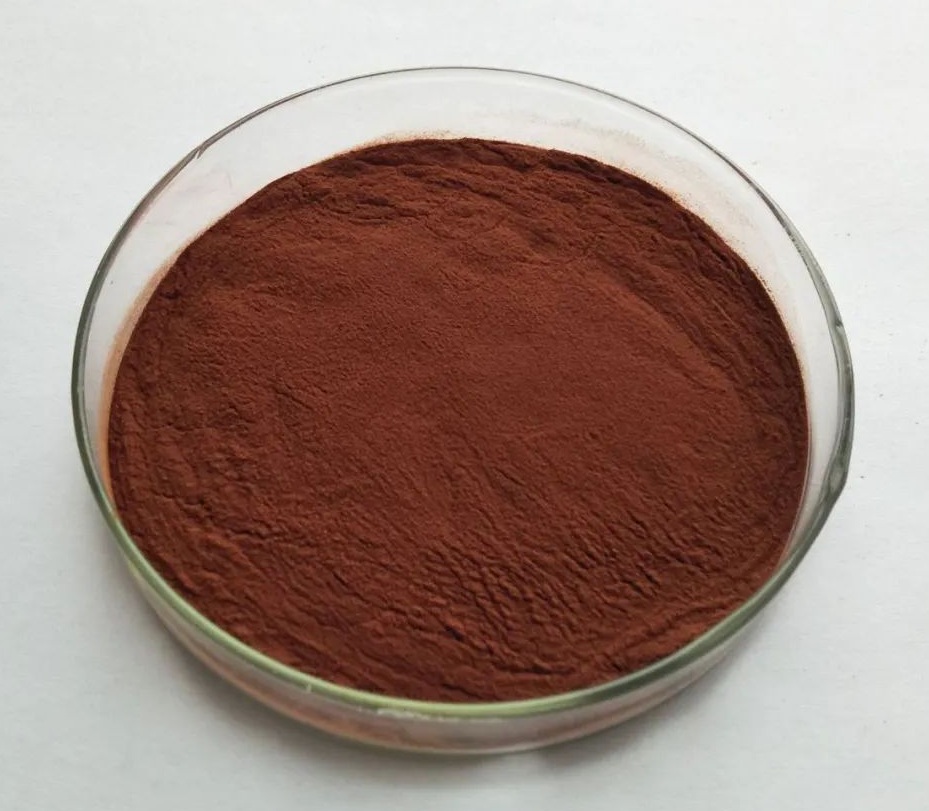
Second one Herbal Extracts-Extracts of Grape skins and seeds
Grape skin extracts, also known as grape skin red, is mainly composed of anthocyanins, paeoniflorin, quercetin, and glycosides. The maximum usage limit for hygiene standards in China is 1g/kg, which can be used to prepare alcohol, beverages, popsicles, etc. At that time, it was only used as a coloring agent without considering its function. Modern research has shown that polyphenols extracted from grapes, including anthocyanins and flavonoids, have good antioxidant properties and can reduce the risk of chronic diseases caused by oxidation. Beneficial for preventing coronary heart disease and arteriosclerosis of small arteries.
In addition, domestic and foreign studies have found that grapes contain a type of resveratrol, which is a plant antitoxin produced by grapes themselves due to microbial invasion. It has antibacterial, anti-inflammatory, antioxidant, and anticancer activities, and has the ability to prevent low-density lipoprotein (LDL) oxidation and inhibit platelet aggregation. It is mainly contained in grape skins and contains glucose glycosides of Piceid, a new type of spruce glycoside. Red wine contains 1-8ppm, while white wine only contains 0.2-0.6ppm. The School of Food Science at China Agricultural University uses solvent extraction, vacuum concentration, and macromolecular resin adsorption separation and purification to obtain resveratrol with a purity of over 90%.
The FDA approved grape seed and grape skin extract (GRN no. 93) in 2002, which can be used as an antioxidant in fruit juices and fruit flavored beverages to prevent spoilage. Grape seed extract is mainly composed of anthocyanins (OPC).
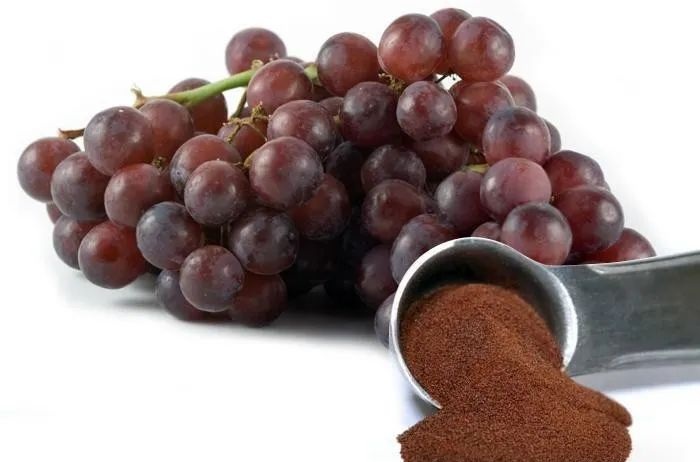
In short, the antioxidants contained in grapes are mainly found in grape skins and seeds, with less in the flesh. The production of wine or grape juice mainly uses the pulp, skin, and seeds as the residue. Generally, the skin accounts for about 45% of the pressed residue. According to reports, the grape planting area in China is 5 million mu, with 720000 mu of grape varieties used for winemaking. Extracting grape skins and seeds from grape processing waste belongs to the rational utilization of grape resources and should have good development prospects.
Third one Herbal Extracts-Soybean isoflavone(Isoflavons)
Soy isoflavones are secondary metabolites produced during the growth of soybeans. In 1995, H. Adlercreutz first reported the estrogenic effects of isoflavones in animals, which attracted widespread attention. There are a total of 12 types of soy isoflavones, which are divided into two categories: free daidzein and bound glycosides. The main active ingredients in glycosides are genistein and daidzein; The combined glycosides mainly contain genistein and daidzin, which can be enzymatically hydrolyzed into genistein and daidzin in the body, so they also have high practical effects.
Generally, soy isoflavones extracted from soybeans are mainly bound, with only a few percent in the free state. The isoflavones contained in soybeans vary greatly due to factors such as variety, region, temperature, and maturity. The average content of isoflavones in southern soybeans is 189.9mg/100g, while the average content of isoflavones in northeastern and northern spring soybeans is 332.91mg/100g.
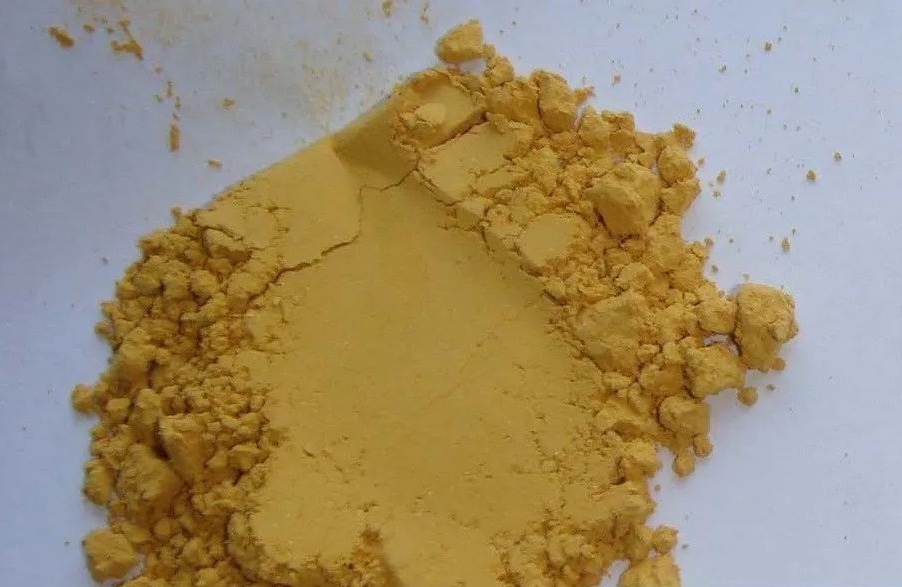
Numerous studies both domestically and internationally have shown that the main physiological functions of soy isoflavones are to prevent osteoporosis, fight cancer, prevent cardiovascular disease, and alleviate menopausal syndrome. Recent animal experiments have shown that soy isoflavones, due to their antioxidant activity, can inhibit the aging of skin fibroblasts and reduce the risk of skin cancer.
PIC-BIO, a Japanese company, showcased its product name Vitalin Z soy isoflavones as a health supplement food on the market. Its ingredients include soy isoflavones, soy saponins, soy peptides, vitamins E and C, and oligosaccharides. And indicate that the activity of eliminating oxygen free radicals per gram is 184285u/g. It is recommended to take 1-3 small packets per day (1.8g per packet). In recent years, the research and development speed of soy isoflavones in China has been very fast. Currently, the products on the market are mainly various health foods approved by the Ministry of Health.
The Forth one Herbal Extracts-Lycopene
Lycopene and carotenoids belong to the same class of carotenoids. It is a straight chain hydrocarbon composed of 11 conjugated and 2 non conjugated carbon carbon double bonds. Mainly found in foods such as tomatoes and watermelons. In the past, lycopene was not valued because it cannot be converted into VA. Due to the discovery in recent years that lycopene has strong antioxidant properties and can eliminate free radicals in the body, its rate constant for eliminating singlet oxygen is 100 times that of the commonly used antioxidant VA.
It has various superior physiological functions, such as preventing the oxidation of low-density lipoprotein (low-density cholesterol), protecting the skin from UV damage, inhibiting the increase and spread of cancer cells, and preventing the occurrence of prostate cancer. Therefore, it has attracted attention from all aspects.
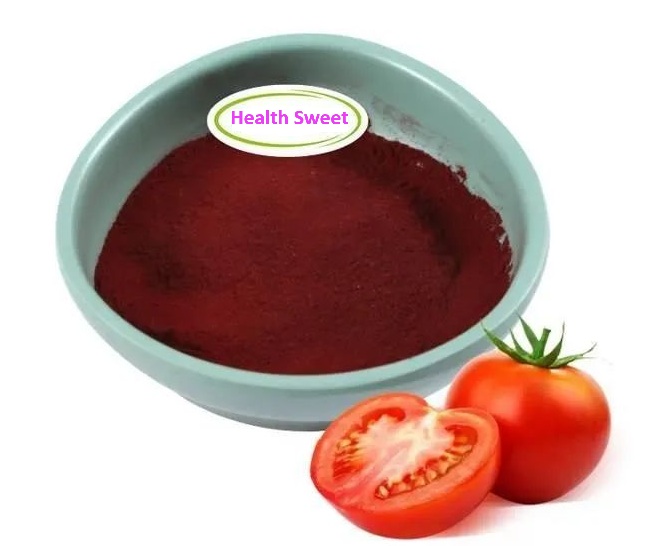
Internationally, FAO/WHO JECFA,FDA and the European Union has included lycopene as a food additive. Lycopene is a functional additive and a coloring agent for beverages. Its ingredients include fruit juice, fructose, dietary fiber, maltitol, acidity regulator, calcium lactate, sucralose, as well as vitamins C, B6, B12, folic acid, etc. Indicate that each 100ml beverage contains: 17Kcal of calories, 0.1g of protein, 4mg of vitamin C, and 300mg of dietary fiber.
The Fifth one Herbal Extracts-Phytosterol
Phytosterols and esters, phytosterols and esters, including stigmasterol, brassinosterol, b-sitosterol, etc., are abundant in nuts, grain seeds, oilseeds, and turpentine oil.
The sterol content of various food plants is as follows (mg/100g): wheat 69, corn 177, sorghum 177, ginkgo 26.4, walnut 108, sesame 714, sunflower 534, peanut 220, rapeseed 308, soybean 61, broad bean 124, red bean 76. In industry, plant sterols are by-products of oil processing, separated from oil residues and deodorized distillates.
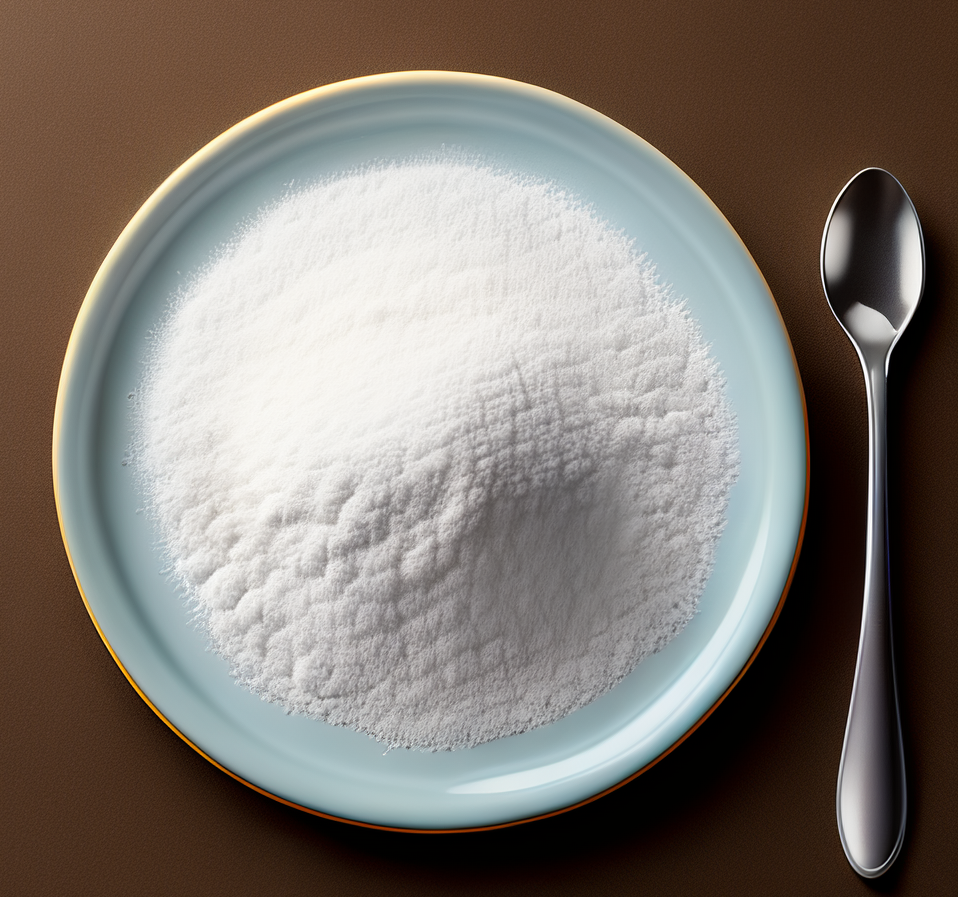
Many research reports indicate that frequent consumption of plant oils with high sterol content, such as corn oil, has important functions in regulating blood lipids and reducing cholesterol. Compared with commonly used edible oils, corn oil is not only rich in vitamin D and essential polyunsaturated fatty acids for the human body, but also contains cholesterol lowering functional ingredients.
It is well known that linoleic acid can reduce the levels of cholesterol and low-density lipoprotein. And corn oil not only contains a lot of linoleic acid, but also a lot of plant sterols (sterols), which is the reason why corn oil lowers cholesterol.
Research has shown that plant sterols competitively hinder the absorption of cholesterol in the small intestine, thereby causing cholesterol to be excreted from the body. Therefore, they have the function of reducing blood cholesterol and preventing cardiovascular disease. Corn sterol 1441mg/100g is higher than sunflower seed oil 496mg/100g and soybean oil 436mg/100g, with B-sitosterol accounting for 60.3% and oat sterol 10.5%. Sterols are the raw materials of cholesterol lowering drugs, and the combination of sterols and other drugs in sitosterol tablets has good lipid-lowering and serum cholesterol lowering effects.
The Sixth one Herbal Extracts-Xylo-oligosaccharide
Xylo-oligosaccharides are functional oligosaccharides extracted from agricultural and forestry waste corn cobs, belonging to plant extracts. Xylo-oligosaccharides are the food of probiotics. After entering the human body, they will directly enter the large intestine and be preferentially utilized by beneficial bacteria such as bifidobacteria, promoting the proliferation of beneficial bacteria, inhibiting the growth of harmful bacteria, and producing various organic acids. At the same time, they lower the pH value of the intestine, increase its water holding capacity and motility, and moisturize and promote bowel movements. The increase of beneficial bacteria in the human body will suppress the proliferation of harmful bacteria, thereby maintaining the balance of intestinal microbiota and bringing the intestine to a normal healthy state.
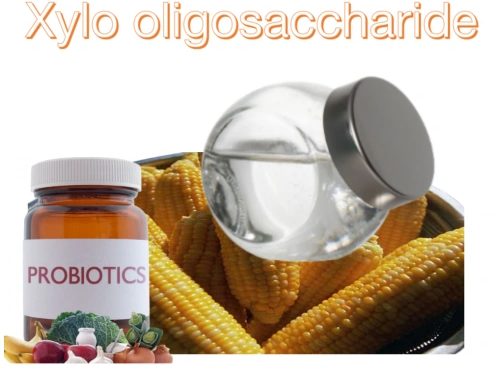
Research has shown that after two weeks of oral administration of 0.7g oligosaccharides per day, the proportion of Escherichia coli increased from 8.9% to 17.9%; Oral administration of 1.4g oligosaccharides per day resulted in an increase in the proportion of Escherichia coli from 9% to 33% after one week; Oral administration of 3.9g oligosaccharides per day resulted in an increase in the proportion of Escherichia coli from 3.7% to 21.7% after two weeks.
From the above data, it can be seen that oligosaccharides can significantly promote the proliferation of beneficial bacteria such as bifido-bacteria, thereby making probiotics the dominant bacteria in the intestine, eliminating harmful bacteria, and achieving the goal of moistening the intestines and promoting bowel movements.
The above introduction is only a few common varieties of Herbal Extracts internationally. In fact, each country has its own unique resources and some special functional additives. China has a vast territory, cold in the north and hot in the south, with mountains and seas, and a variety of Herbal Extracts. There are some traditional beliefs in various regions that consider them as both edible plants and healthy foods for disease prevention and resistance. We need to study their functional factors and develop edible herbal extracts with Chinese characteristics, which will greatly enrich the variety and market of functional additives in China.
Herbal Extracts information from Hangzhou Health Sweet Biotech.

